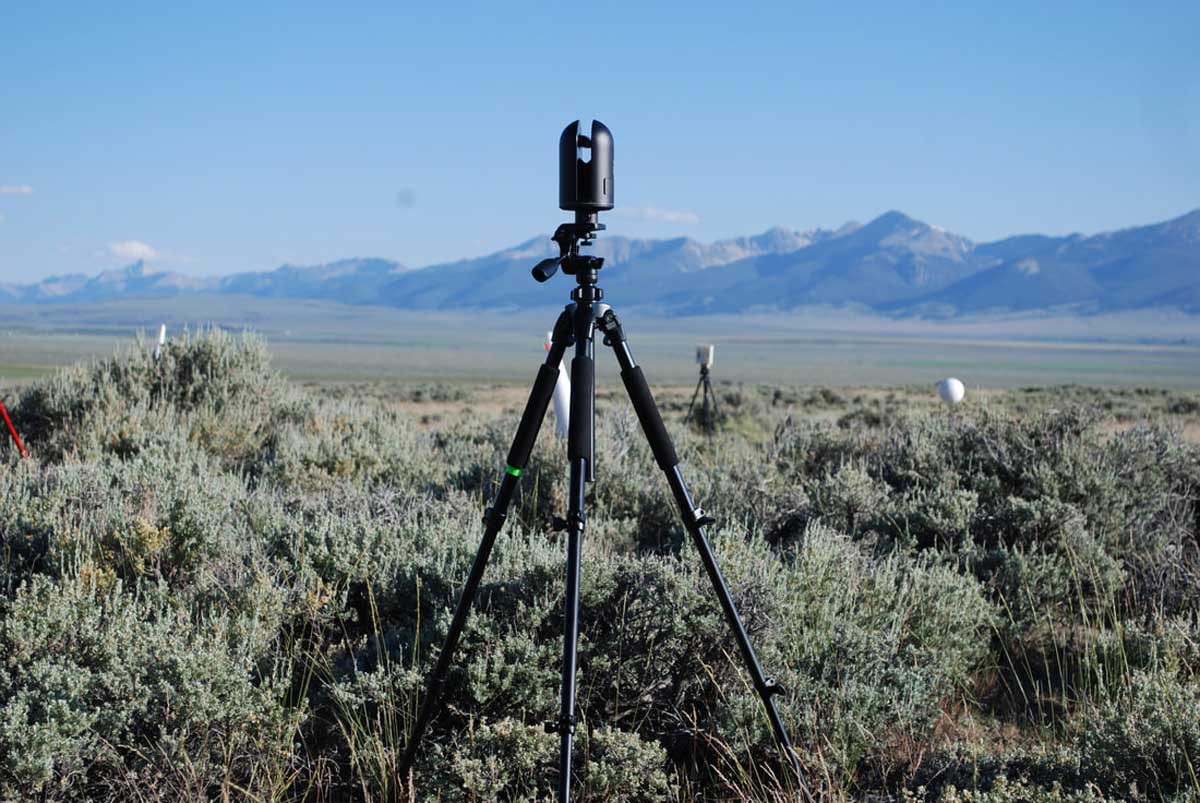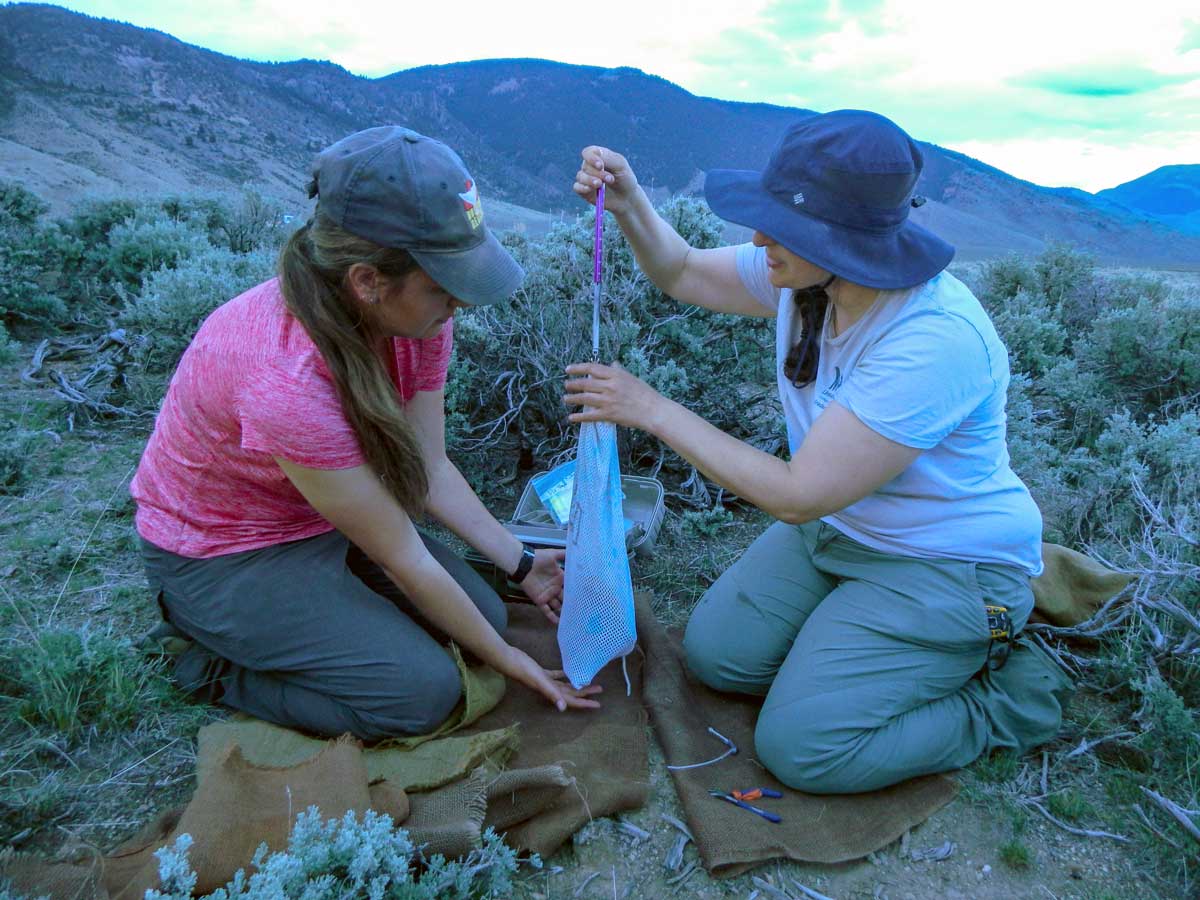Rachel Stein: "How does visibility influence perceptions of risk and habitat selection in wildlife?"

Student Spotlight: Rachel Stein
Wildlife evaluate and select suitable habitats using the information available to them which comes from their senses. Although there has been a lot of focus on habitat selection in wildlife research, relatively little has considered how the sensory information available to wildlife in their habitat influences selection. However, as human disturbance continues to change ecosystems, the sensory cues that once indicated good habitat can sometimes lead wildlife to poor habitat where their chances of survival and/or reproduction are lower. Understanding the perceptual cues that influence habitat selection can inform assessments of habitat quality and contribute to effective management of wildlife populations.
In my dissertation research, I am studying how visual information accessible to small prey mammals influences perception of risk and habitat selection. Three-dimensional (3D) habitat structure, such as vegetation, blocks sightlines. All the sightlines accessible to an animal and their spatial extents are referred to as the viewshed, and various reptiles, birds, and mammals are known to be influenced by viewshed during habitat selection. Habitat structure that blocks sightlines can also conceal wildlife from being detected, and so wildlife must manage a tradeoff between viewshed and concealment. So, how do animals select for both properties simultaneously and are they forced to trade off one for the other? The answer will likely vary from species to species as a function of anti-predator strategy and physical perspective within 3D ecosystem structure.
I am studying habitat selection with regards to viewshed and concealment in three prey species native to Idaho: pygmy rabbits (Brachylagus idahoensis), snowshoe hares (Lepus americanus), and red squirrels (Tamiasciurus hudsonicus). All three species are subject to heavy predation by both aerial and terrestrial predators, which heavily influences their behavior. Although pygmy rabbits and snowshoe hares both belong to the leporid family, they rely on different anti-predator strategies. Pygmy rabbits dig burrows that provide refuge from predators where as snowshoe hares rely on their seasonally changing coats for camouflage. Studying selection by these related species helps us understand how anti-predator strategy influences selection for viewshed and concealment. Red squirrels provide an interesting contrast as they employ a similar, refuge-based anti-predator strategy to pygmy rabbits (rabbits use burrows and squirrels use trees), but they live in the same ecosystem as snowshoe hares (coniferous forests) in which they have access to very different perspectives.
The viewshed is directly influenced by 3D habitat structure, which must be accounted for to estimate accessible viewsheds. To measure 3D structure, I am using a remote sensing tool called lidar. Lidar uses laser pulses to scan habitat structure and create highly accurate 3D computer models of an ecosystem called point clouds. I use the Program R package, viewshed3d, that was developed by my lab’s collaborators, Bastien Lecigne (Université du Québec à Montréal) and Jan Eitel (U of I, Department of Natural Resources and Society) as well as my advisor, Janet Rachlow, to measure viewsheds within the point cloud. Using the package, I specify the position selected by the animal within the point cloud and the program sends out sightlines in all directions that it measures until they hit obstructions. Together, these sightlines constitute the viewshed.
Right now, I am in the midst of data collection. Last summer, 2021, I completed data collection on habitat selection by pygmy rabbits in the Lemhi Valley. This fall, I will focus on collection of red squirrel data with the help of numerous K-12, undergraduate, and graduate students including UI Fish & Wildlife Sciences undergraduate students, graduate and K-12 students at the McCall Outdoor Science School, and high school students at Meadows Valley Schools. Without the help of these students, I would not be able to gather enough data to analyze red squirrel habitat selection. Next spring and summer, I will gather data on snowshoe hare habitat selection.
Interested in learning more? Check out my project website for updates and photos.

















